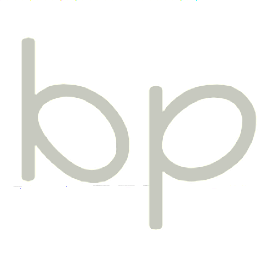In the sourcing training classes I've taught, one thing that always sticks out to me as immensely important, but all to often forgotten, is the idea of creating one (or more likely, many) candidate profile(s) before you even begin to craft your first boolean.
In theory, this makes complete sense - you need to know who you are looking for before you start to look for them, right? However, in practice, it's easy to fall into old patterns and start your search based primarily on qualifiers.
What is a candidate profile?
There is a big difference between someone who is qualified for a job based on a series of factors (think the "must haves" in a job description or ad), and someone who would be the ideal fit (think those "nice to haves" and bonuses, as well as the intangibles of the team). From there, you want to optimize for that ideal fit, as well as consider who within the pool of all potential, qualified candidates for this role, would not just be a great fit, but find the job an ideal fit for them too.
So, you can think of a candidate profile as a general series of criteria that shows both ideal fit for the role (within a specific team, at a specific company), as well as an ideal fit for the potential candidate.
What does that profile look like?
I will generally format my profiles in a standard way, that way if I am working with a team on the roles, they can be easily shared between everyone and updated based on feedback as the search progresses. Having multiple profiles allows the recruiter to be able to develop individualized pitches for candidates that would be attracted to the same role for different reasons.
EXAMPLE
Summary | This candidate comes from this background and is interested in these things.
Qualifications | Specific experience and interests that would align with the summary above and will be slightly different from the initial list of criteria that was presented by the job.
This is not a list that simply regurgitates the qualifications of the job.
Pitch | The specific pitch that would get the candidate you're targeting interested in the role you are pitching to them. This should be different for each profile, and you would eventually build out templates and ads based on each pitch.
How to edit and refine the profile
As the search ensues, be mindful of the specific feedback coming back from candidates of each profile. You may notice common themes, and if so, you may want to either pivot your profile, or add to your existing ones to further refine them. You might also find that one of your profiles might not be as ideal as you had originally thought. This is why I always encourage early and frequent calibration. If you have direct access to your hiring manager, it's good to share your profiles with them for feedback. Over time, your profiles will naturally change based on changes within the team, so you'll want to continually revisit them.

